SailGP prepares for the Battle on the Bay
Published on April 11th, 2019
After the launch of the global sports league SailGP in February, the six national teams have moved on from Sydney, Australia and are looking ahead at what will be a very different venue on May 4-5 in San Francisco, CA.
Sydney challenged the fleet with light winds which meant that keeping the boat foiling was paramount. If teams couldn’t keep the F50 catamrant foiling, the gaps in the fleet grew very big, very quickly.
The home team, skippered by Olympic gold medalist Tom Slingsby, were the pre-race favorites and, after shaking off some nerves in the first race, went on to dominate, winning five of the six races.
But nothing stays the same for long in SailGP.
Of the five venues that make up SailGP Season 1, each has a distinctly different character. San Francisco is notorious for its wind and strong tides, presenting a different set of challenges for the teams.
Additionally, all the teams have full access to each other’s performance data allowing the knowledge to spread rapidly among the fleet helping those who are playing catch up to climb the learning curve. This has meant a lot of homework over the 11 weeks between events.
The United States SailGP Team is a good example. The youngest team at the event with the least overall experience in these types of boats, they were disappointed with their last place result in Sydney. Now at least they knew what they had to do to improve.
“We’ve been spending a great deal of time looking at the data from some of the other boats in our effort to improve,” said coach Tom Burnham. “Recently we’ve been looking at the Japan SailGP Team and studying their maneuvers in detail. We hope that this will prove to be a big upgrade for us come San Francisco.”
But it’s not just about those playing catch up, the pressure is on for the big guns too. For event leaders Slingsby and Japan SailGP Team helm Nathan Outteridge, staying in front is already harder than ever.
“I know the whole fleet has been requesting data on our tacks because our tacks are quite good,” said Slingsby. “The next day they come out they’re doing exactly the same tacks as us. It’s a bit frustrating when you get a gain on everyone, they can just look at the data analyze it and figure it out. And then, all of sudden, they’ve caught you again.”
The course in San Francisco will be off Marina Green at the St Francis Yacht Club and the Golden Gate Yacht Club, which is an area Slingsby knows well from his winning effort with Oracle Team USA during the 2013 America’s Cup.
“Typically, this is a windy venue where a 20 knot sea breeze is commonplace and these boats are very different beasts in a breeze,” he said. “The tidal flow is also a factor. In 20 knots of wind our typical boat speed upwind is around 35 knots. At this speed, current isn’t a big deal, but sea state and the waves that are created can be. And if these are the conditions we get, you can be sure that teams will be heading for flat water. To sail in bigger waves means a high chance of a capsize.”
The prospect of a stronger and steadier breeze and a greater understanding of the boat among the crews, suggests that the racing will be closer. This will put more emphasis on tactics. Here, the United States SailGP Team feel they have cards to play.
“At the season start we had just nine days in the boat,” said helm Rome Kirby. “By the time we get to San Francisco we will probably have notched up another six possibly seven. Compared to the top guys we’re still behind. But if we’re constantly foiling in stronger breezes we feel more confident that we can deliver a better result.”
Burnham agrees while also pointing to the need to maintain a focus on conventional strategies.
“Just because we’re doing 50 knots doesn’t mean that we don’t have to worry about tactics,” he said. “We need to keep thinking about normal racing things and not just be worried about take off speeds and rudder angles. We have to get to the stage that we’re still thinking about racing and tactics and rules and situations around the race course.”
And for this the American team has a renowned match racing world champion on board. For flight controller and tactician Taylor Canfield, dealing with tactics comes naturally.
“Flight controllers generally only fly the boat through the maneuvers, so in between I have the most time among the crew to keep an eye on the instruments and make sure that we’re hitting our targets as well as looking for breeze and making sure we’re going the right direction,” he said.
For helmsman Kirby, the experience feels very different at times.
“On these boats everything is moving so fast that you feel under huge pressure,” he said. “And yet, when you look at the data and the videos afterwards you realize that you have got a lot longer to make those decisions compared to what it feels like at the time.”
But for all the logical, rational thoughts, he and his fellow crew know that in the heat of battle on San Francisco Bay, the pressure will be back on in spades.
SailGP details – Team rosters – Results – Where to watch – Facebook
ABOUT SAILGP:
Established in 2018 and headquartered in London and San Francisco, SailGP seeks to be an annual, global sports league featuring fan-centric, inshore racing in some of the iconic harbors around the globe and culminates with a $1 million winner-takes-all match race. Rival national teams from Australia, China, France, Great Britain, Japan, and the United States battle it out in identical wing-powered, foiling F50 catamarans, engineered to exceed 50 knots.
2019 Schedule
Sydney, Australia (February 15-16)
San Francisco, USA (May 4-5)
New York, USA (June 21-22)
Cowes, UK (August 10-11)
Marseille, France (September 20-22)
Source: SailGP




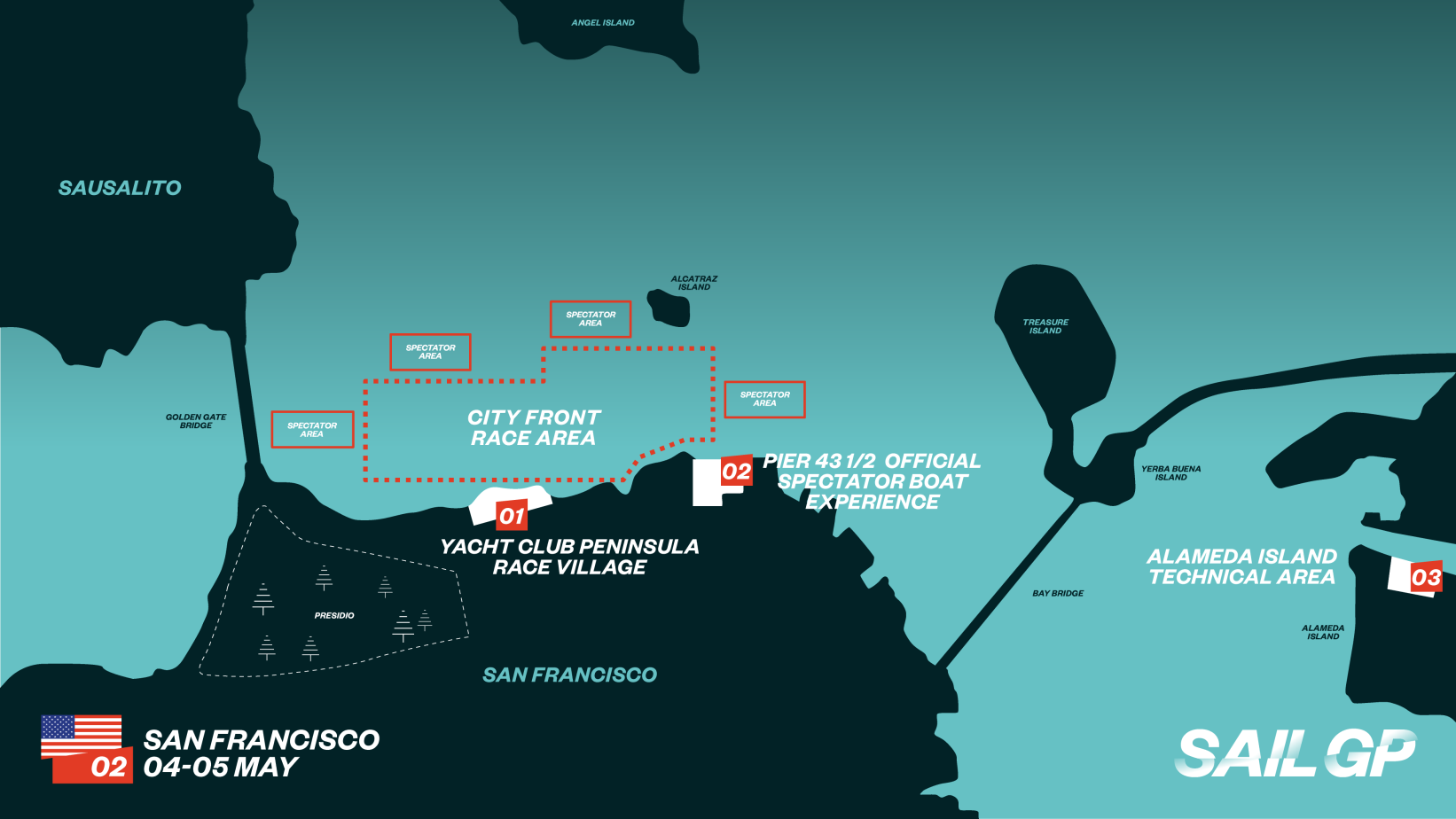
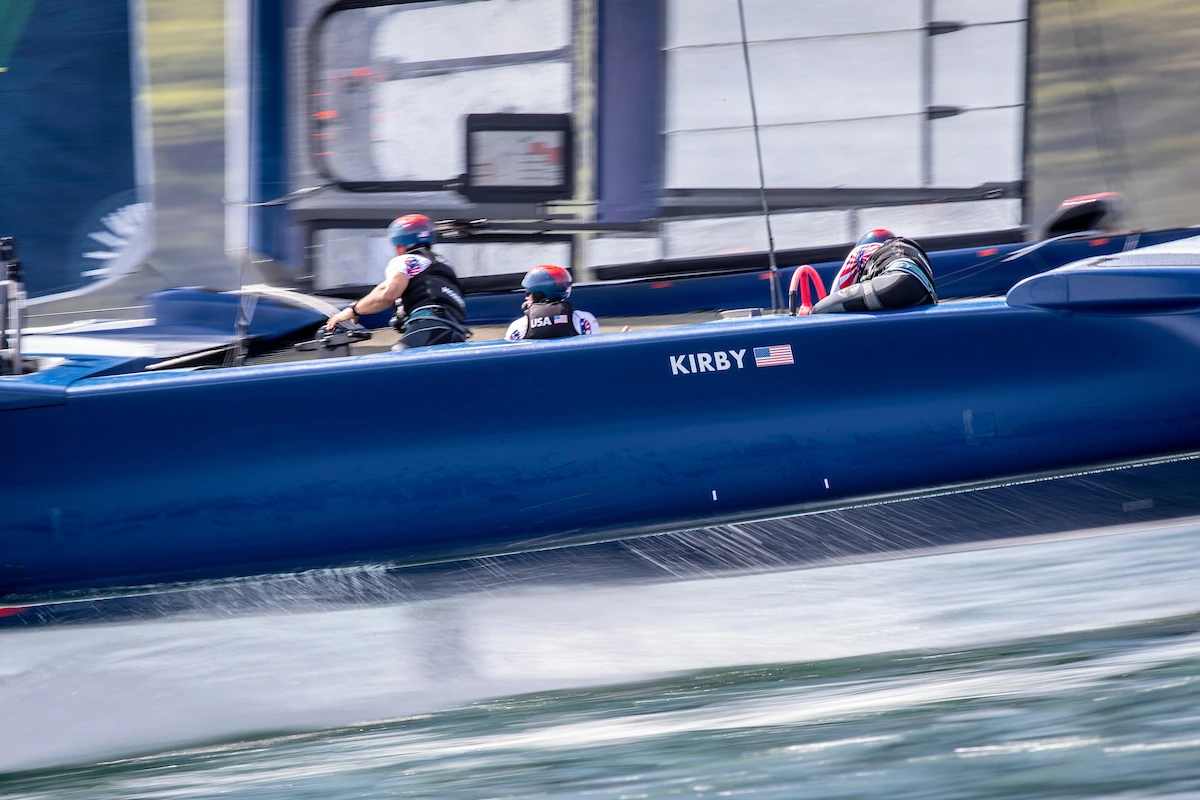

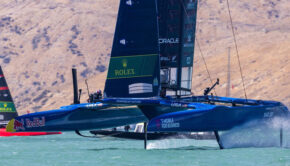
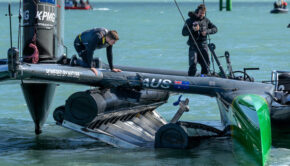
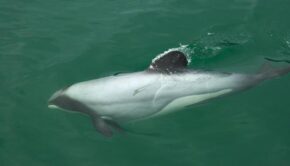
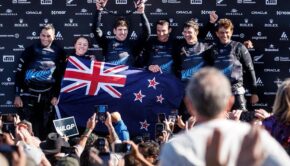
 We’ll keep your information safe.
We’ll keep your information safe.